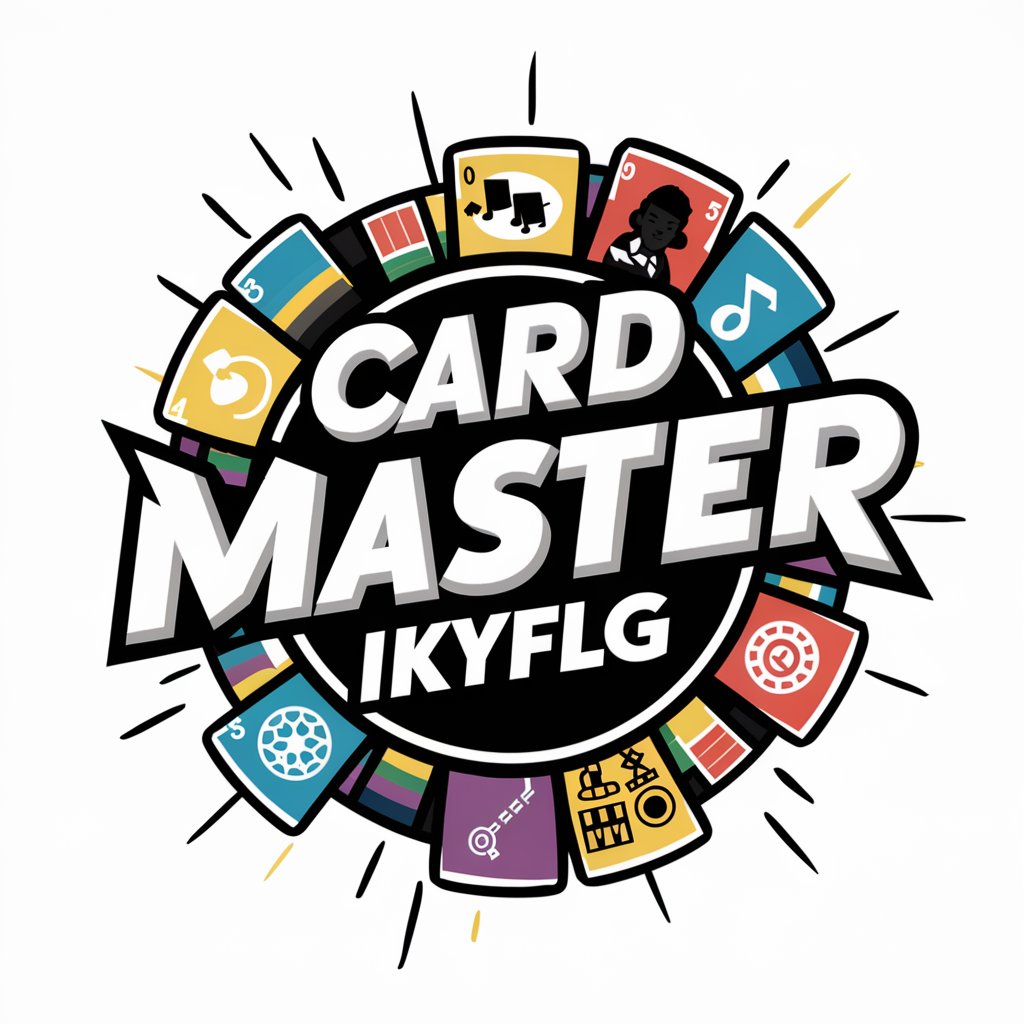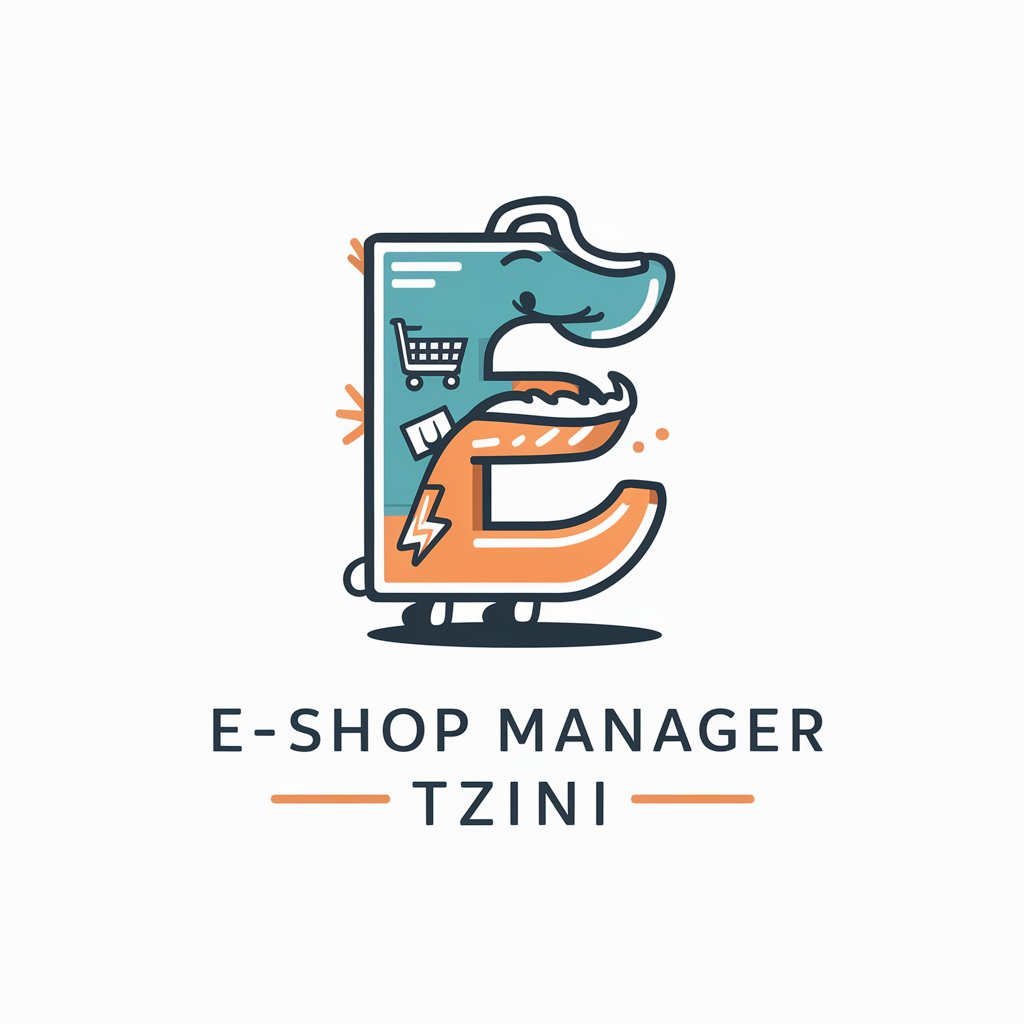Stock Tagger - AI-powered keyword tagging tool.

Ready to tag your image with trending keywords, sorted from most to least relevant. Keywords are separated by commas.
AI-powered keyword generator for stock images.
Tag this image for me.
Give me a title for this photo.
Describe this image.
List keywords for this image.
Get Embed Code
Overview of Stock Photo Tagger
Stock Photo Tagger (SPT) is a tool specifically designed to help stock photographers and content creators optimize their images for stock photo databases. Its primary function is to generate accurate, trending, and highly relevant keywords, titles, and descriptions for each image. The tool is built to streamline the tagging process, saving users time while increasing the visibility of their images in search results. SPT uses advanced AI algorithms to analyze each image and assign appropriate keywords based on the content, mood, theme, and visual elements of the image. This ensures that the keywords are not only descriptive but also aligned with current market trends. For instance, if a photographer uploads a photo of a person meditating outdoors, the tool will generate keywords like 'meditation,' 'wellness,' 'nature,' 'serenity,' and 'calm,' prioritizing the terms that resonate with buyers seeking mindfulness or wellness content. By providing a robust tagging system, SPT helps photographers maximize the discoverability and sale potential of their images on stock platforms. Powered by ChatGPT-4o。

Core Functions of Stock Photo Tagger
Automatic Keyword Generation
Example
If a user uploads an image of a mountain landscape with a sunset, SPT analyzes the visual elements and suggests keywords such as 'sunset,' 'mountains,' 'nature,' 'dusk,' 'outdoors,' and 'scenic.' These terms are curated based on both the image content and the current demand for similar themes in stock photography.
Scenario
A travel photographer uploads 50 images from their recent adventure. Instead of manually tagging each photo, they use SPT to automatically generate keywords tailored to the images. This cuts down their editing time significantly while ensuring the images are optimized for stock agency algorithms.
Title Creation
Example
For an image of a city skyline at night, SPT might create a title such as 'Illuminated Urban Skyline at Dusk.' The title captures the essence of the image, using concise language to describe the key visual element and time of day.
Scenario
A user who submits hundreds of images to different stock agencies every month uses SPT to create titles that quickly communicate the image's content without spending excessive time brainstorming or editing.
Description Generation
Example
An image showing a family enjoying a beach picnic might receive a description such as 'A family sits together on a sandy beach enjoying food under clear skies.' The description is succinct yet descriptive enough to offer additional context about the image.
Scenario
An event photographer submits a series of images from a family gathering at the beach. They use SPT to generate accurate descriptions that add context to each photo, ensuring the images are better understood by potential buyers searching for family-related themes.
Trending Keyword Inclusion
Example
For a photo of a person working remotely on a laptop in a cafe, SPT might include trending keywords like 'remote work,' 'digital nomad,' or 'freelancer' to align with the growing demand for content related to modern work practices.
Scenario
A freelance photographer specializing in lifestyle imagery uses SPT to stay updated on popular themes. They take advantage of trending keywords to make sure their photos of remote workers are discoverable by companies or individuals looking for relevant content.
Avoiding Redundancy and Irrelevant Terms
Example
In an image featuring a waterfall in a forest, SPT would avoid redundant keywords like 'waterfall,' 'waterfalls,' and 'water,' and instead include a diverse set of relevant terms like 'cascade,' 'stream,' 'forest,' and 'lush.'
Scenario
A nature photographer has numerous shots of waterfalls and rivers. They use SPT to ensure that each image has a unique set of tags without repeating the same terms, making their portfolio more varied and appealing.
Target Audience for Stock Photo Tagger
Professional Stock Photographers
These are photographers who make their living or generate significant income from selling stock images. SPT helps them save time by automating the tagging process, ensuring that their images are accurately and efficiently tagged to meet the strict requirements of stock platforms. They benefit from the detailed keyword suggestions that increase image discoverability, resulting in more downloads and sales.
Amateur Photographers and Hobbyists
Many hobbyist photographers sell their images as a side income. For these users, SPT offers a simple and quick way to tag images without needing deep knowledge of SEO or stock photo trends. By using SPT, they ensure their images are competitive with professional photographers in terms of visibility and search ranking.
Content Creators and Marketers
Content creators and marketing professionals who use stock photography in their work can also benefit from SPT. When they create custom images for campaigns or projects, they can use the tool to generate optimized tags for uploading to stock platforms, or even for managing their own internal image libraries. The ability to stay updated on trending terms ensures that their content remains relevant to the latest market demands.
Small Business Owners and Freelancers
Small business owners and freelancers who need to build a personal brand using visuals can use SPT to quickly prepare their images for stock submissions or even for platforms like Instagram, websites, and portfolios. The tool helps them create polished and professional metadata for their visuals, allowing them to focus on other areas of their business.

How to Use Stock Tagger
Step 1
Visit yeschat.ai for a free trial without login, no need for ChatGPT Plus.
Step 2
Upload your image or multiple images directly through the interface. Ensure that the file formats are supported, such as JPG or PNG.
Step 3
Wait for the AI to analyze the image, extracting key details like emotions, themes, and prominent objects.
Step 4
Review the automatically generated title, description, and keyword suggestions. You can fine-tune these if necessary for more specificity.
Step 5
Download the metadata and use it in your stock photography submission for optimal search visibility.
Try other advanced and practical GPTs
Android Ninja
AI-powered Android development assistance

Card Master IKYFLG
Revolutionizing Learning Through AI-Powered Games

Arbnb Listing Enhancer
AI-driven enhancements for your Airbnb listing.

Aristotle
Delve Deeper with AI-Powered Philosophy

E-Shop Manager Tzini
Powering Commerce with AI

GIMP Guru
Elevate Your GIMP Skills with AI

Body Language Expert
Decipher gestures, enhance interactions

Chat Mate
AI-powered, friendly advice anytime.

Aaron, a Virtual Freemason
Unveiling Masonic Wisdom with AI

Value Proposition Designer
AI-powered Value Crafting

Customer Value Proposition Writer
Empower Your Marketing with AI-Driven Value

Value Proposition Mentor
Crafting Your Competitive Edge with AI

Common Questions about Stock Tagger
What types of images work best with Stock Tagger?
Stock Tagger is versatile and can handle a wide range of images, including landscapes, portraits, abstract designs, and product photos. Images with clear subjects and themes typically yield the most accurate keyword suggestions.
Can I edit the generated keywords, titles, and descriptions?
Yes, you can review and edit the AI-generated content. While Stock Tagger provides highly relevant and trending keywords, you're free to adjust them according to specific preferences or niche requirements.
How many keywords does Stock Tagger generate per image?
Stock Tagger generates at least 120 unique, non-repeated keywords for each image. These keywords are prioritized based on their relevance, trend value, and connection to the image's core theme.
Is there a limit on the number of images I can process?
During the free trial, there may be a limit on the number of images you can process at once. However, subscribing to premium services allows for higher image volume and additional customization options.
How does Stock Tagger improve my stock photo visibility?
Stock Tagger enhances visibility by providing SEO-optimized titles, descriptions, and trending keywords that align with what potential buyers search for on stock photo platforms. This increases the chances of your photos appearing in relevant search results.
